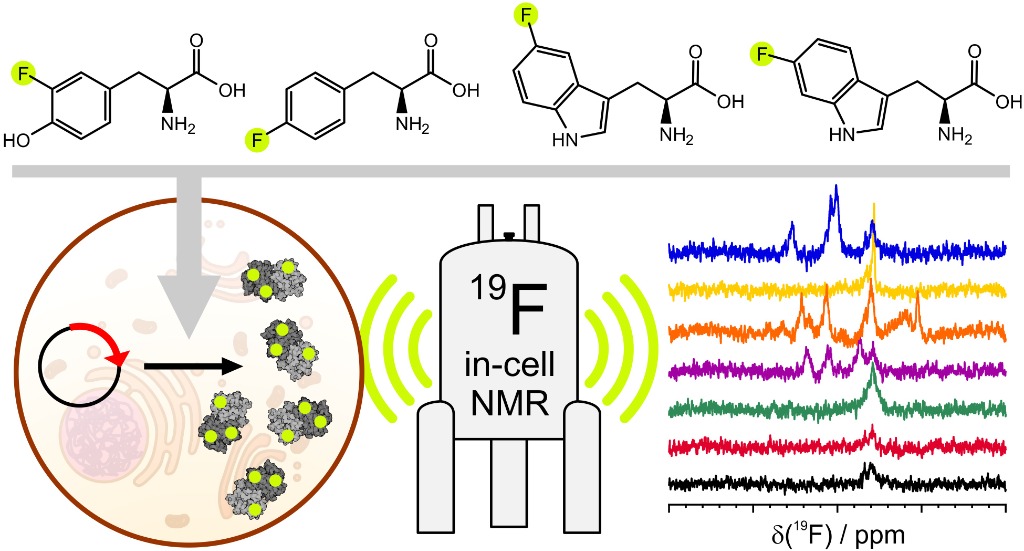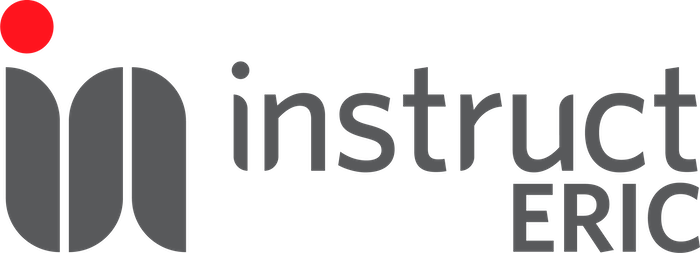Instruct-IT Annual Report Highlights and New Technologies
The Magnetic Resonance Centre (CERM) of the University of Florence together with the Interuniversity Consortium CIRMMP constitute an infrastructure for Life Sciences, which provides a unique setting for research in the field of Structural Biology.
The infrastructure is specialised in structural biology, molecular biology, protein/complex structure determination, functional characterisation, drug-discovery, structure-based vaccine design, bioinformatics, NMR methodology, relaxometry and metabolomics.
Find out more about the facility and apply for access to CERM here.
Technological Advances in 2022
- During 2022 the infrastructure continued to develop methods for tackling biomolecules with increasing complexity. The flagship 1.2 GHz NMR spectrometer has been equipped with a novel cryoprobe for 13C direct detection experiments, well-tailored also for novel application using 15N direct detection, for the study of intrinsically disordered proteins and selected applications for large systems.

- Of note also the efforts to expand the capability of the protein-expression platform. The focus this year was on the expression of fluorinated proteins in human cells for 19F NMR spectroscopy in-cell. In-cell NMR spectroscopy is a powerful approach to study protein structure and function in the native cellular environment; however, soluble targets may interact with large cellular components, preventing the observation of 1H-15N NMR signals. 19F NMR can overcome this issue, as it allows detection of broad lines thanks to the absence of cellular background. Researchers at Instruct-IT have developed a methodology to incorporate different fluorinated amino acids in proteins expressed in human cells. This approach will extend the capabilities of in-cell NMR, by allowing in-cell drug screening on a wider range of pharmacologically relevant intracellular targets. Find out more - https://doi.org/10.1021/jacs.2c12086
- Finally, Instruct-IT continued to invest in expanding its remote access capabilities. Participation in the R-NMR EC project provided the necessary framework for increasing its commitment.
Structural Biology Activities in Italy
- In 2022, a consultation organised by the Italian ministries of research, health and economics resulted in a complete gap analysis of the services offered to the Italian scientific community in various areas of Life Science, including Structural Biology. Aside from highlighting the fact that some services are not currently available or are not fully accessible to Italian scientists, this initiative sparked a lively debate within the wider scientific community, and the numerous informal meetings organised were the ideal setting for inviting scientists to take advantage of Instruct-ERIC opportunities.
- Leveraging on the abovementioned consultation, through the recently funded NRRP project ITACA.SB, CERM secured funds for potentiating the Italian centre of Instruct-ERIC and for implementing new facilities in the country in order to provide the Italian Structural Biology community with methodologies to meet their needs for performing top-level research with the overall goal of strengthening the Italian role in Instruct-ERIC by ensuring the European user community high-end services at the Italian Centre, boosting the exploitation of Instruct-ERIC resources in general.
Training
- Instruct-IT, together with Institut Pasteur and the Hebrew University of Jerusalem, organised the online course Instruct-ing Structural Biologists Towards Integration, that covered several aspects of integration in structural Biology. The aim of the course was to provide the participants with the possibility of experiencing different software for integrating different Structural Biology experimental data (NMR, Cryo-EM, X-ray, SAXS). Renowned structural biologists presented their research for which Integration of different techniques proved to be the only way to achieve the result. Psychological aspects of science communication and philosophical implication of integrative approaches, were also approached.
- In spring-summer 2022 Ines Trindade (ITQB, Portugal) visited the Instruct Centre IT in the frame of their internship (APPID 175) on “Probing "invisible" interactions: Using NMR for unravelling the binding pocket of ferric-siderophore reductases”.
